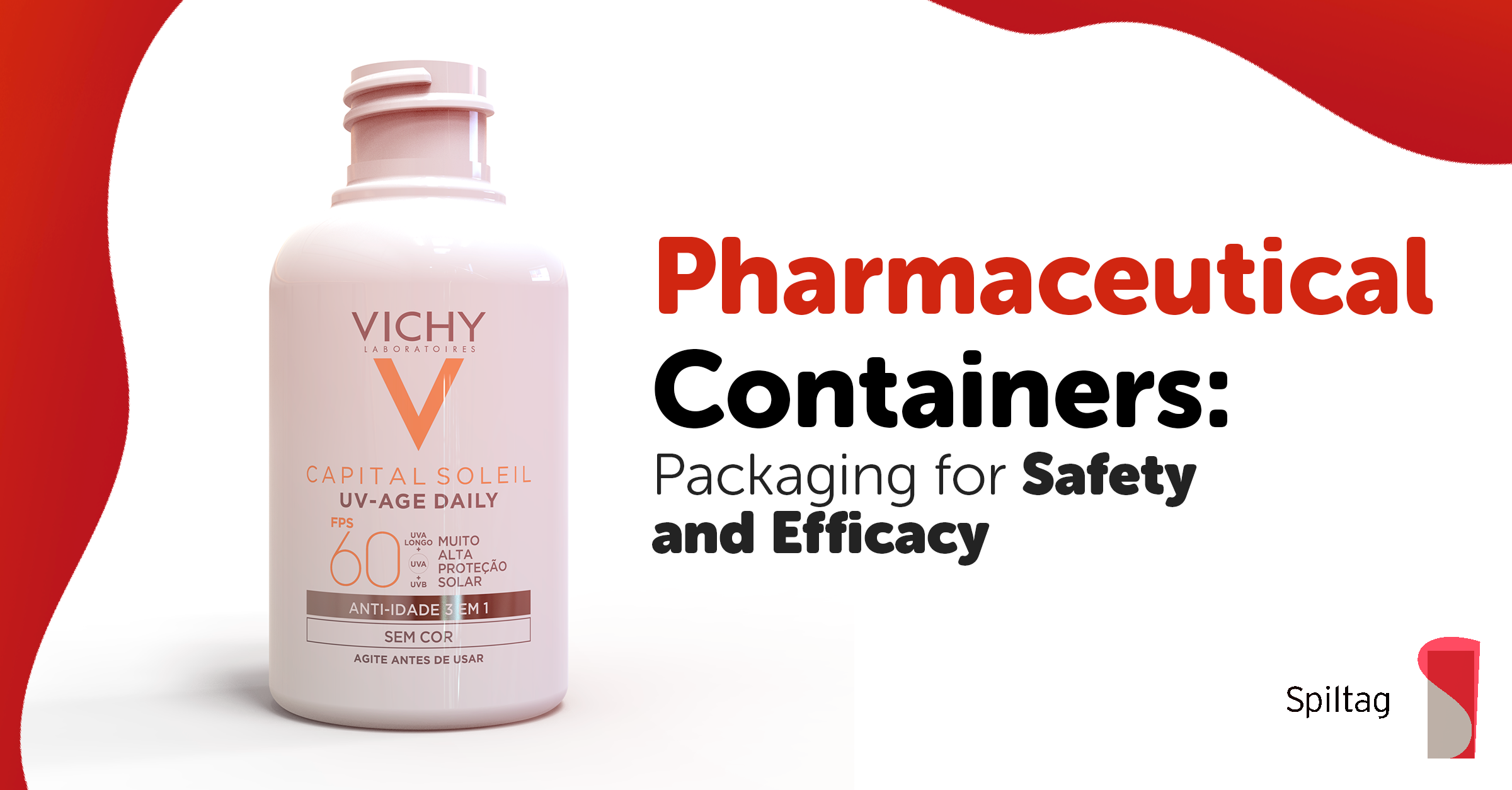
In the pharmaceutical industry, packaging is not just a means of marketing but a crucial element that ensures the safety, efficacy, and compliance of medical products. This blog post explores the vital role of packaging in the pharmaceutical sector, focusing on the considerations for safety, durability, and regulatory adherence.
Protection: Packaging protects medications from environmental factors like moisture, light, and temperature, which can affect their stability and efficacy.
Security: Features like tamper-evidence and child-resistant closures are essential for preventing unauthorized access and ensuring patient safety.
Compliance: Packaging must adhere to stringent regulatory standards, ensuring that medications are safe for consumption and correctly labeled.
Material Selection: Choosing materials that do not react with the medication and maintain its integrity throughout its shelf life.
Barrier Properties: Ensuring the packaging provides adequate barriers against contaminants and environmental factors.
Tamper-Evident Features: Incorporating elements that clearly indicate if the packaging has been tampered with.
Longevity: Packaging must maintain its protective qualities for the entire shelf life of the product.
Regulatory Standards: Compliance with international and local regulations, including labeling requirements and safety standards.
Accessibility: Designing packaging that is easy to open and use, especially for elderly patients or those with disabilities.
Smart Packaging: Integration of technology for tracking and ensuring the authenticity of the medication.
Sustainable Solutions: Developing eco-friendly packaging options without compromising on safety and efficacy.
Patient-Centric Design: Packaging that enhances patient adherence to medication regimens, such as calendarized blister packs.
Pharmaceutical packaging plays a critical role in the healthcare industry. It goes beyond mere containment and branding; it’s about safeguarding public health and ensuring the effectiveness of medications. As technology advances and regulatory requirements evolve, this sector continues to innovate, ensuring that safety, efficacy, and compliance remain its top priorities.
Check our linkedin page and our products!